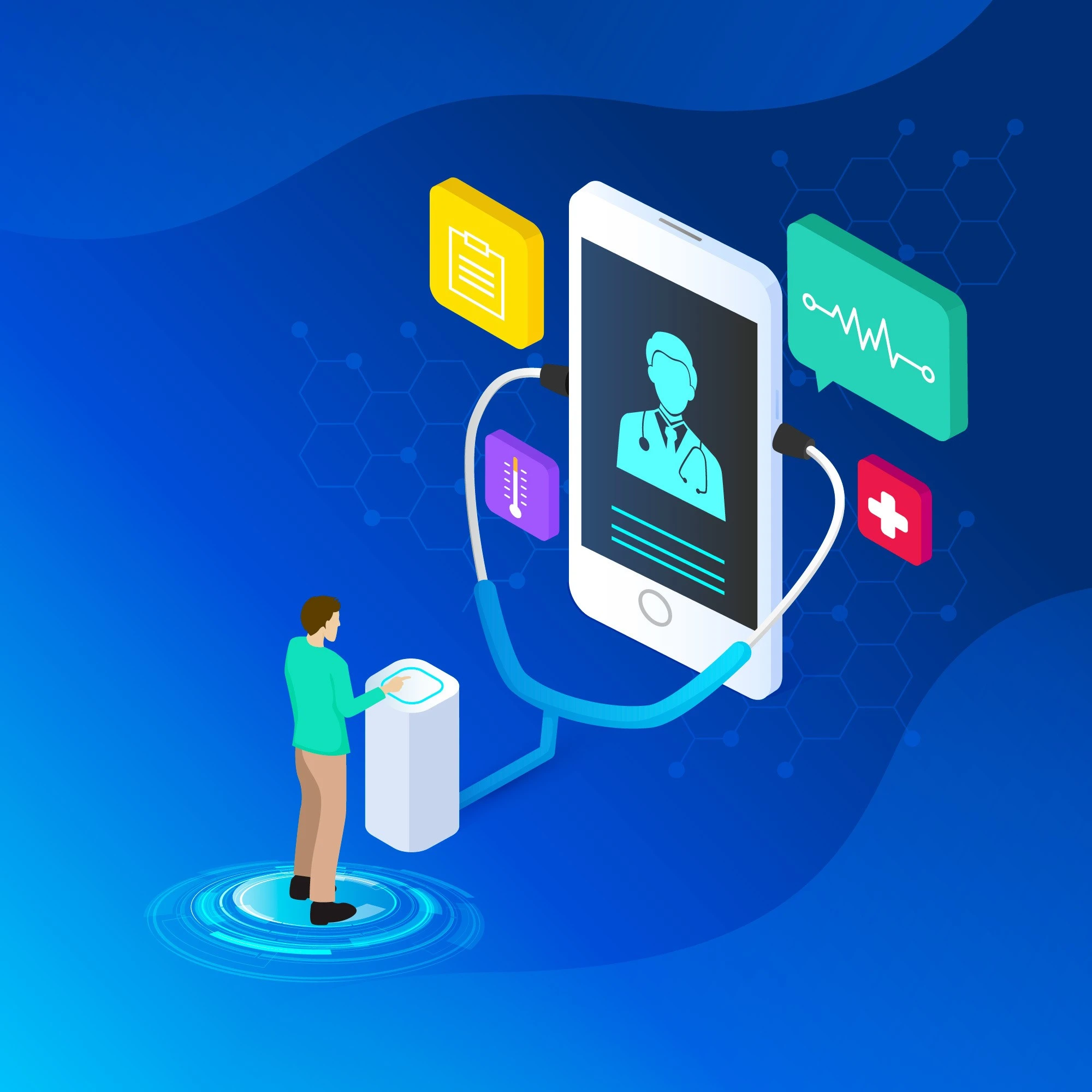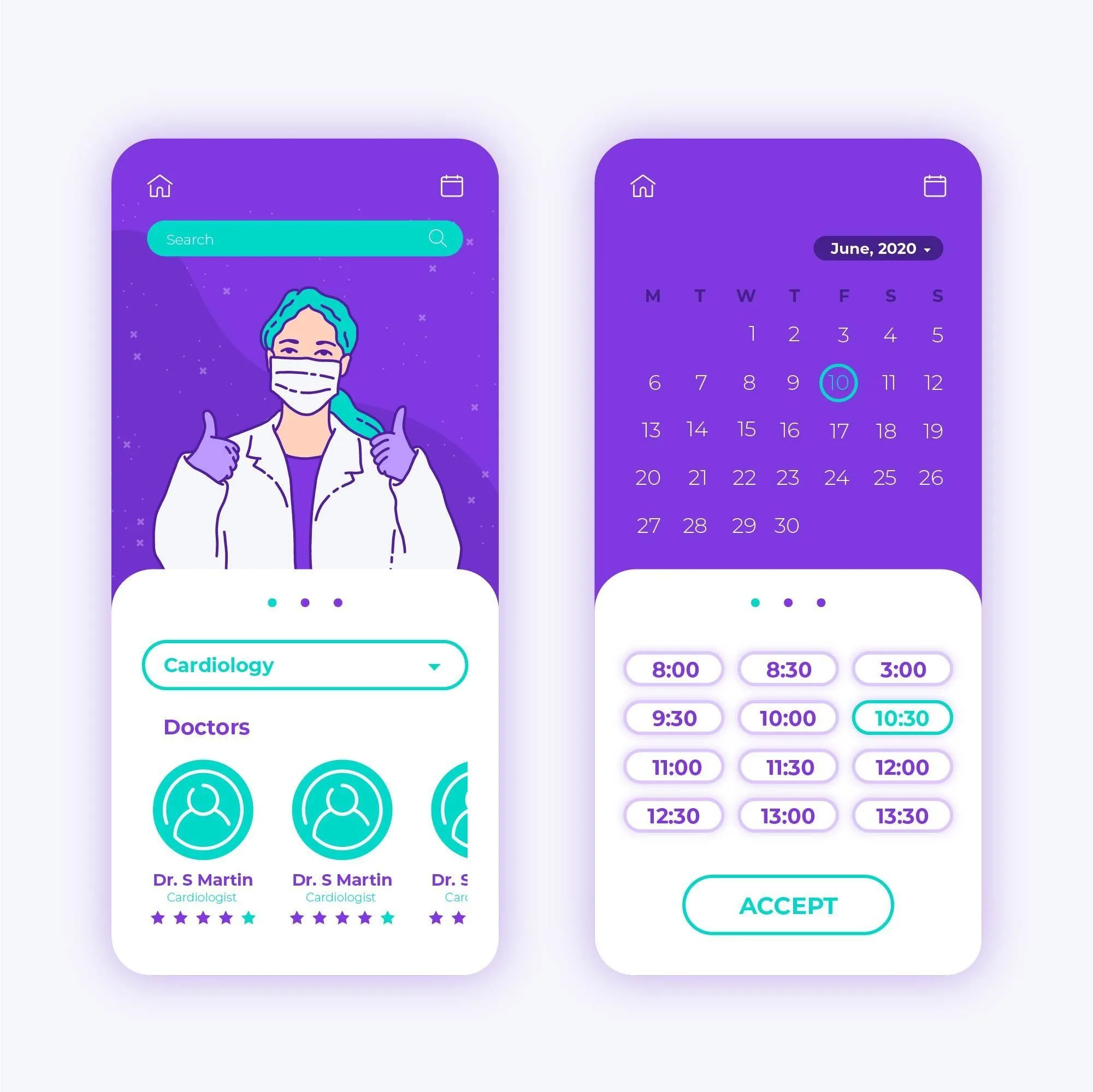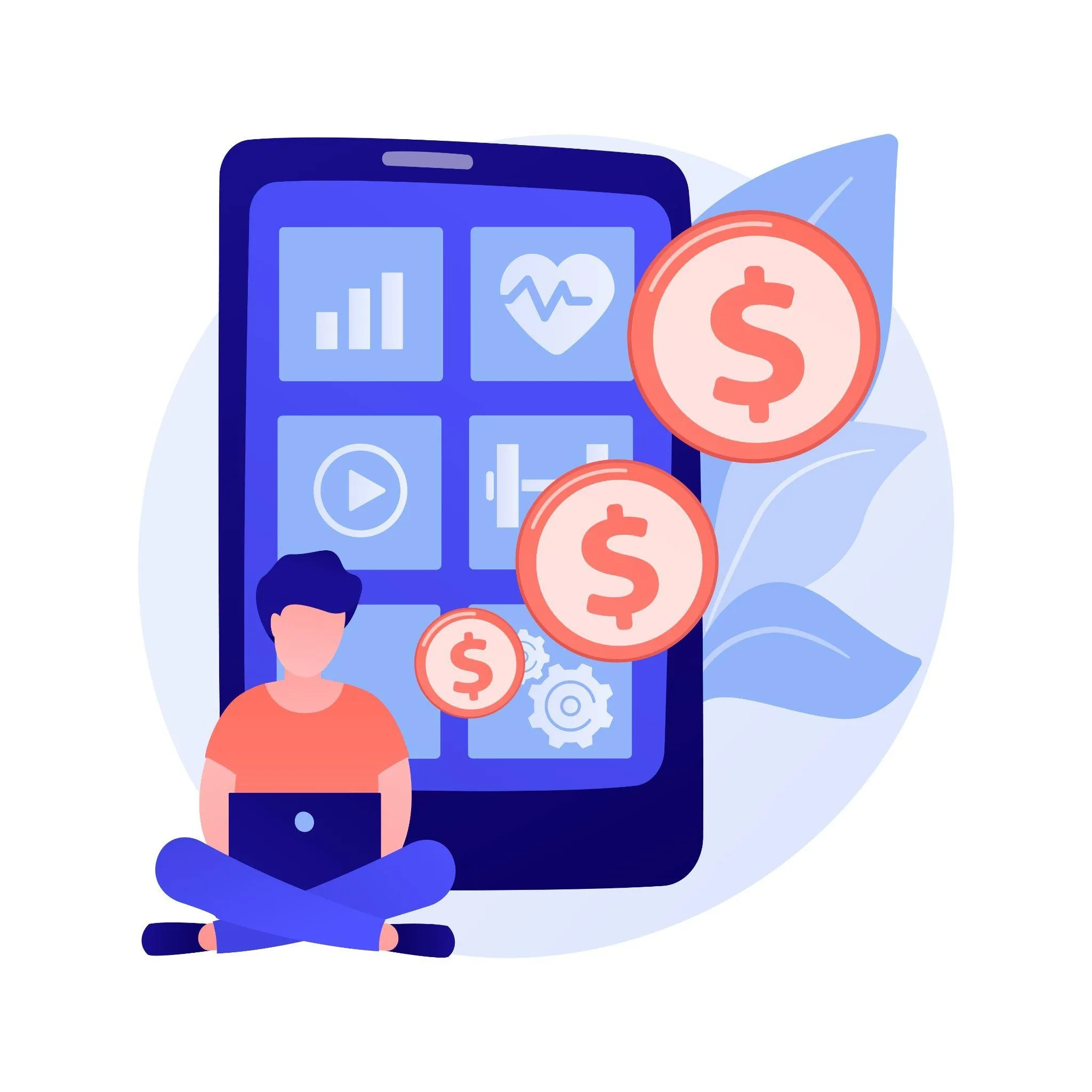1.Introduction

2. Key Features of an Advanced Healthcare App
User Registration & Profiles
Secure sign-up for both patients and doctors with personalized profiles containing medical history, credentials, and preferences.
Appointment Booking & Calendar Integration
Patients can easily book, reschedule, or cancel appointments while doctors manage availability through a synced calendar.
Video Consultations / Telemedicine
Provides remote access to healthcare services via high-quality, encrypted video calls—essential for virtual care.
Electronic Health Records (EHR) Integration
Enables patients and providers to access and update digital health records securely in one place.
Prescription Upload & Refill Reminders
Patients can upload prescriptions and receive timely notifications for refills, reducing missed medications.
Symptom Checker / AI Chatbot
An intelligent assistant that guides users based on symptoms, providing initial advice or directing them to the right specialist.
Secure Messaging
Confidential in-app messaging between doctors and patients for follow-ups, lab results, or quick consultations.
Payment Gateway Integration
Offers convenient and secure payments through local options like Mada, and global platforms like Apple Pay and credit cards.
Multi-language Support
Support for both Arabic and English ensures broader accessibility across Saudi Arabia’s diverse user base.
Push Notifications
Real-time alerts for appointments, medication reminders, test results, and health tips.
Admin Dashboard
A comprehensive analytics dashboard designed for doctors and clinic administrators to monitor appointments, revenue streams, and patient behavior trends.
Advanced Features
- AI-based diagnosis for smarter healthcare insights
- Wearable device integration to monitor vitals and activity
- Remote patient monitoring for chronic condition management

3. Factors That Affect the Cost of Building a Healthcare App in Saudi Arabia
Every healthcare app project in Saudi Arabia comes with its own unique requirements. Prices vary depending on these determinants:
1. App Type and Complexity
- An appointment booking application is simple and cheaper.
- A video calling, EHR, and AI-based application is complex and will be costly.
2. Platform Choice
- Native iOS and Android applications provide great performance but require separate development efforts.
- Cross-platform apps (built using Flutter or React Native) are cost and time-saving with support on both platforms.
3. Design & User Experience
- Saudi users prefer simple, mobile-first user interfaces with bilingual support and RTL UI for Arabic.
- Creating a custom UI/UX takes longer, but it pays off by increasing user satisfaction.
4. Security & Compliance
- Health apps deal with sensitive patient data. In Saudi Arabia, apps must comply with:
- National Health Regulatory Authority (NHRA)
- Ensures sensitive information is stored, transferred, and encrypted according to HIPAA compliance standards.
- Saudi-specific hosting compliance (typically requiring local storage of data)
5. Third-Party API Integration
- Fees differ depending on how many external systems you need to integrate with:
- Insurance platforms
- Pharmacy delivery services
- Diagnostic labs
- Telehealth APIs
4. Cost Breakdown by Development Stage
Here’s an approximate cost breakdown in Saudi Riyal (SAR) for a full-cycle healthcare app project:
| Phase | Estimated Cost (SAR) |
|---|---|
| Research & Requirements Gathering | SAR 10,000 – 20,000 |
| UI/UX Design | SAR 15,000 – 30,000 |
| App Development (Frontend & Backend) | SAR 50,000 – 200,000 |
| API Integration (EHR, Payments, etc.) | SAR 10,000 – 25,000 |
| QA Testing & Optimization | SAR 15,000 – 30,000 |
| Deployment & Launch | SAR 5,000 – 10,000 | Monthly Maintenance | SAR 3,000 – 10,000/month |
Disclaimer: The costs mentioned are estimates and may vary depending on specific project requirements, chosen features, and the development company you work with.
Detailed Cost Breakdown for Healthcare App Development in Saudi Arabia
| Estimated Cost (SAR) | Development Timeline | Key Features | Best Suited For | |
|---|---|---|---|---|
| Basic App | 75,000 – 120,000 | 8–12 weeks |
|
|
| Mid-Level App | 120,000 – 250,000 | 3–5 months |
|
|
| Advanced App | 250,000 – 500,000+ | 6–9+ months |
|
|

5. Hiring Options: What’s the Right Development Model?
- 1. Strategic Planning
- 2. Research and Planning
- 3. UI/UX Design
- 4. App Development
- 5. App Development
- 5. Mobile App Testing
- 6. Deployment
- 7. Long-term Support and Prrformance
6. Estimated Cost to Build an Advanced Healthcare App
- 1. Strategic Planning
- 2. Research and Planning
- 3. UI/UX Design
- 4. App Development
- 5. App Development
- 5. Mobile App Testing
- 6. Deployment
- 7. Long-term Support and Prrformance
7. Compliance & Regulations in Saudi Arabia
Before you launch a healthcare app in KSA, ensure that you're in compliance with:
- NHRA health data storage and processing regulations
- HIPAA-equivalent security measures (for best global practices)
- Patient consent policies and data transparency
- Hosting on Saudi-based cloud infrastructure (where applicable)
Ignoring these can result in legal consequences, fines, or shutdowns—so work with partners who understand the local legal landscape.
Reducing the Cost of Development Without Affecting Quality
- Start small with an MVP to explore your app’s potential.
- Opt for cross-platform development tools like Flutter or React Native to maximize efficiency.
- Leverage existing APIs and SDKs for video calling, payments, etc.
- Hire a fixed offshore team to reduce operating overhead.
- Execute phase-by-phase feature releases instead of launching all at once.
8. How to Reduce Costs Without Compromising Quality
- 1. Strategic Planning
- 2. Research and Planning
- 3. UI/UX Design
- 4. App Development
- 5. Mobile App Testing
- 6. Deployment
- 7. Long-term Support and Prrformance
9. Conclusion

The Author
Ramkumar Pichandi
Founder,Rytsense Technolgies
I’m a founder who builds for one reason → To solve real bottlenecks with real technology.
